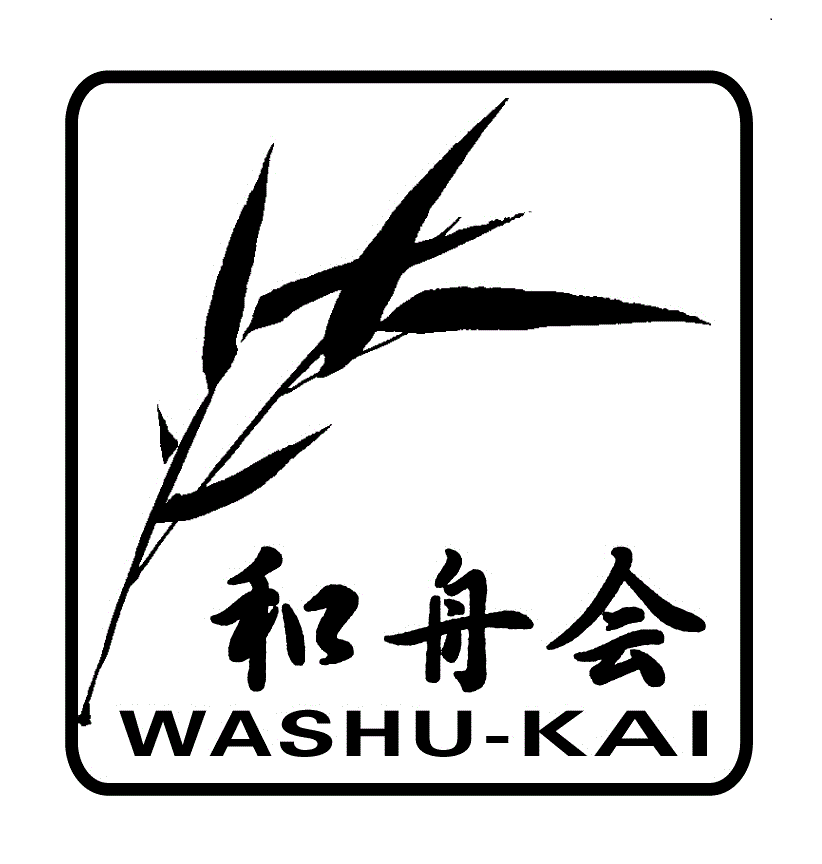top of page
Basic Concepts
Sumi-e (pronounced sue-me-A) ("sumi-e...n. A painting in black and white. "Kenkyusha's New Japanese-English Dictionary, American ed. 1942).
Sumi-e, also known as "suiboku-ga," is a very demanding medium requiring considerable discipline. Mind and body are the keys to producing paintings with directness, purity, and simplicity. The first brush stroke determines the fate of a painting. A sumi stroke is permanent and cannot be lifted, as in other mediums (watercolor, oil, pastel, acrylic, or mixed media), to fix an error.
In addition to black ink (sumi) paintings are also done with Japanese watercolors.
You cannot paint without the proper materials. You will need:
- Brush: The brush is called "fude." You will need a Japanese or Chinese brush.
- Paper: Paper is called "washi." Sumi-e paper is hand or machine made. It is typically called rice paper in the Western world even though the paper is made from a vast variety of plant or tree fibers.
- Ink stick: The ink stick is called "sumi." It is made from burnt pine and glue and pressed into stick form. Ink sticks, as a rule, come from Japan, Taiwan or China.
- Ink stone: The ink stone is called "suzuri." Ink stones vary in sizes and shapes. At one end of the stone is a small well in which water is poured. The ink stick is dipped into the well and water is drawn up to the flat part of the suzuri where the ink stick is rubbed on the surface to make ink.
- Water container: A water container (jar, cup, bowl, etc.) is called "fude arai," or "hissen." The water container is used for putting water into the suzuri and for wetting and rinsing the brush.
- Felt Mat: A felt mat is called "shitajiki," or "mosen." It is placed under the washi (sumi-e paper) to absorb excess moisture.
- Cotton cloth: A white cloth for blotting excess moisture from the brush is called "fude fuki."
- Dish: A small white dish is called "sara." It is used as a palette to dilute the ink and make various shades.
- Paperweight. A paperweight is called "bunchin." A paperweight is used to hold the paper steady while painting.
- Fudemaki: A brush holder used to protect the brushes from damage and allow air circulation.
bottom of page
